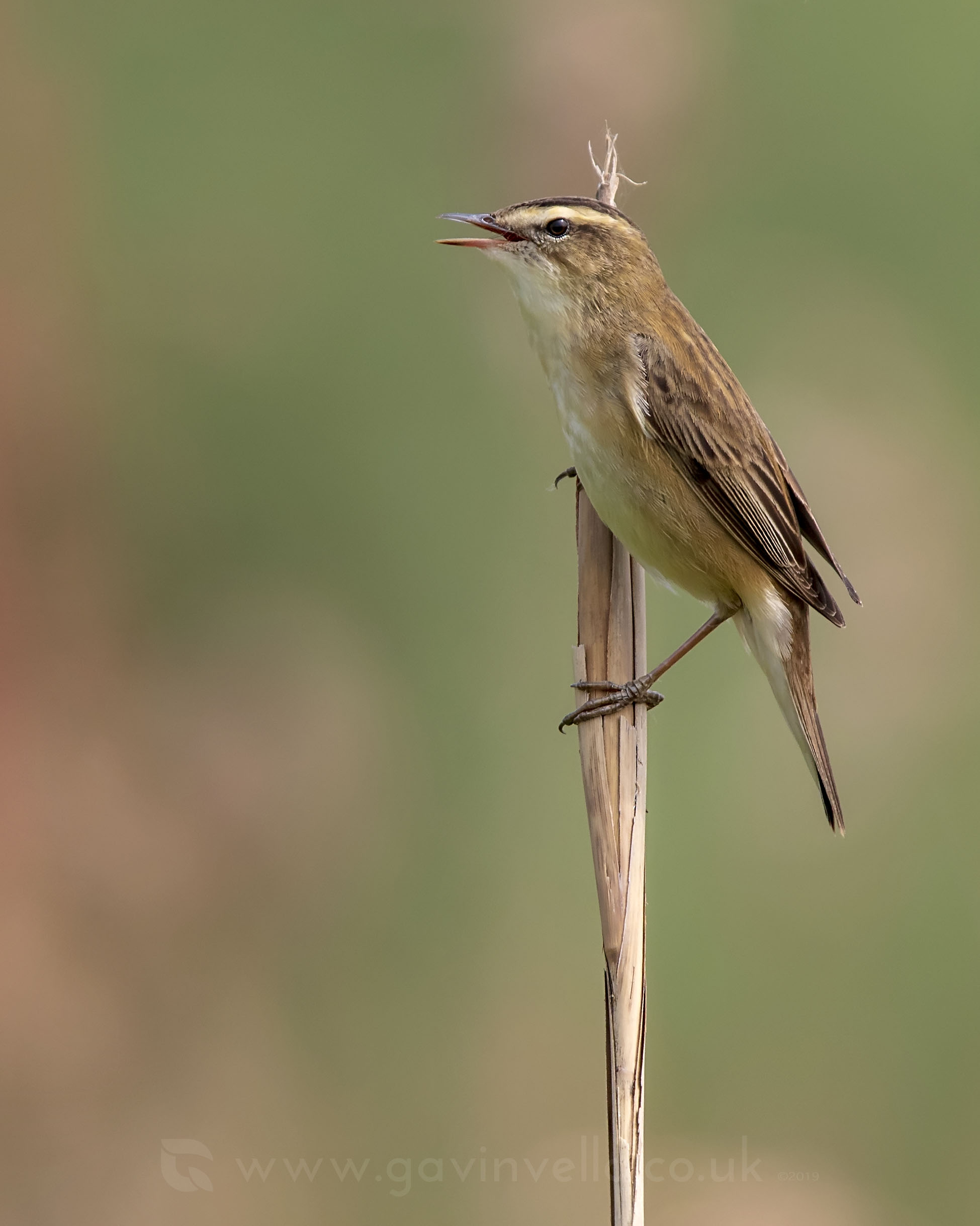Steve Williams took this photo.. I’ve clearly been eating too much chocolate this easter haha.
It was great to meet up with Liam Olds, Steve Williams and Mike Kilner over easter. I aimed to show them my Violet Oil Beetle location and we weren’t disappointed with over 40+ individuals found. I’ve since found them a few miles away also on a road side verge. Proof that this valley has to be one of the largest strongholds for this species. We recorded 10 Species of Bee thanks to Liam Olds’ vast knowledge, including a Chocolate Mining Bee which was a first for me. It really is great to be surrounded by such knowledgeable naturalists, there’s so much knowledge to obtain about the natural world, I wish I could soak it all up faster! Everything I know, I’ve learned from other people, or by myself through personal discovery and research. It goes to show that if you’re passionate about something, you learn much faster. This is why most people struggle with their current Jobs as you really need passion to drive you forward. I know I’m currently struggle with Jobs, being out of work since October, but I do believe I’m heading in the right direction, to obtain a Job that will give me a sense of purpose, which is after-all what we all want in life.
Here are a few pics from easter. I’ve spent more time out with the recording gear really so haven’t got too many images but I did have some good moments - My first Wood Warbler of the year, a showy Sedge Warbler and my favourites were actually the bugs, Black-spotted Longhorn Beetle and those cute glaring eyes of the Jumping Spider (evarcha falcata). I did go down to see Blair Jones’ Red-necked Phalarope at Goldcliff which has been proving to be a great birding spot this spring, with Black Kite, Spotted Redshank, Curlew Sandpiper, Grey Plover and all the usual supporting cast. While it does tick a few boxes for me, I’m not sure ticking boxes is really my thing. I’ve never made a year list, local list or life list of any kind, I just want to experience nature and take whatever opportunity nature decides to throw at me.
Firecrest Update
If you haven’t been following, I’m studying mimicking behaviour in Firecrest this year and so far, 3 out of 3 males on territory have been able to produce a goldcrest mimic to varying degrees.
The original bird discovered is still by far the best at mimicking goldcrest which is probably why it stood out to me so well to begin with, but the others have used mimicry in a more subtle way.
Not only was the original Firecrest better at the mimic, but it also used it way more often. This could be because there aren’t any other Firecrests in its territory, so why waste time singing Firecrest? Note in the spectagram that it’s producing 3 notes per peak and with the iconic ‘trill’ at the end. Over-all producing 29 notes including trill.
Firecrest No.1 Mimic
Firecrest No.2 only used the odd mimic within a single song and while it still produced 3 notes per beat, the end ‘trill’ is reduced to only 2 notes, notes of which are more typically expected at the end of the Firecrest song. On average the bird produced 16 notes including the trill at the end. It’s worth saying that the amount of beats doesn’t matter too much as even a real goldcrest song this can vary, however so far the birds who sing less notes and also singing a less perfect rendition of the goldcrest song which is why I’m documenting them.
Firecrest No.3 is by far the most interesting bird, largely because of the circumstances in which it used the mimic, doing so directly after hearing a distant goldcrest singing inside its territory, this can be picked up on during the recording. It only lets out one burst of mimic, which is so simplified it hardly meets the requirements of mimicking but it does have the overall structure. Rather than 3 beats, it has just 2 and this bird neglected the trill at the end entirely. Again, this isn’t going to be a completely controlled study as even goldcrest vary, but it’s interesting to hear these mimics used naturally at a time of year where territories are being established and a birds song is never more imperative than in early spring.
It’s worth noting also that the tempo for each bird also varies;
154bpm (Sang 12 or more times)
182bpm (Sang 2 times)
184bpm (Sang 1 time)
This could be nothing but the bird with the most accurate mimic does sing the phrase the slowest and the bird with the less accurate depiction sings the phrases the fastest. More recordings over the breeding season should reveal whether any of these observations are a coincidence or not but it’s all being documented included frequency of notes.
The reason I’m doing this is because I’d like to know just how accurate these mimics are and I’ll compare all my recordings this year side by side with real Goldcrest songs so that by the end of the study, we’ll hopefully be able to trust our ears again when listening out for Firecrest in the field.
So far I’m noticing that the Goldcrests sound is a little ‘thinner’ with less overall weight to it but that might not be enough to go by, on its own.












